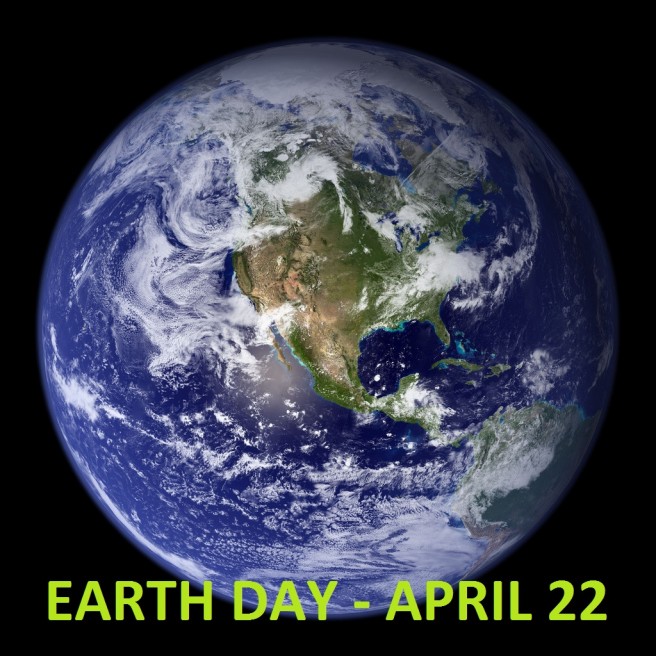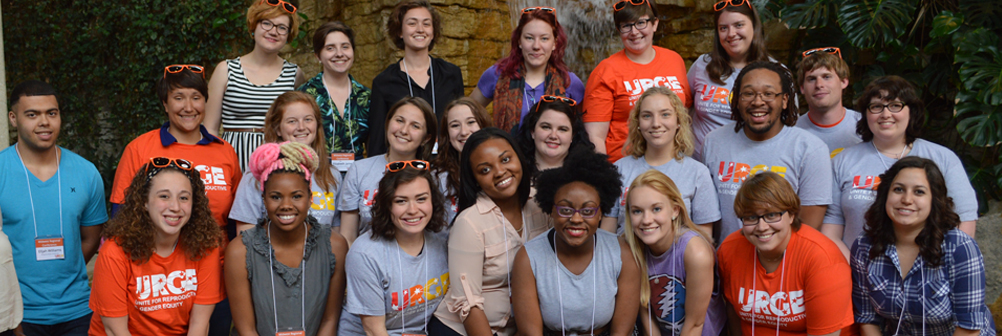Earth Day and Reproductive Justice

Posted by Paul
April 23, 2015

As many of you know, yesterday was Earth Day. Some of us may celebrate by making a pledge to reduce waste, or to avoid driving, or plant a tree. But what isn’t usually on our mind on Earth Day is how Environmental Justice and Reproductive Justice are connected. As RJ advocates, we should look to any opportunity to expand our fight beyond the traditional issues and include other social justice issues that affect our communities.
So you might be asking, how does Environmental Justice relate to RJ? The answer lies first in how our environment is linked to our health. Issues such as pollution can directly impact health, including reproductive health. And in addition to that, women and children are often more susceptible to the effects of toxins in the environment. This impact is often lost in the eyes of our legislators and regulators.
Another way these two issues are related is in the fact that both Environmental Justice and Reproductive Justice recognize the connection between disadvantaged communities and exploitation. Just as much of RJ focuses on lower income individuals, people of color, and the LGBTQ community, Environmental justice also focuses on marginalized communities. Environmental activists point out that pollution and lax regulation are more common in lower income areas, and that jobs which pose a risk to the health of the workers are often lower wage. In any social justice field, there is a significant link between social standing and the power to control your body and your health.
Both movements also have a strong focus on families and children. In Reproductive Justice, we mainly think about our ability to control if, when, and how we have children. But RJ is also about making sure we can raise healthy families. Often we think about that through resources that are provided for struggling families, but raising healthy families is inseparable from the environment we are surrounded with.
Reproductive Justice and Environmental Justice advocates both fight for many of the same issues. Both should be fighting for workplace protections and safer labor practices for anyone exposed to toxic chemicals. Both should be fighting to properly regulate pollution and encourage best practices. Both should be fighting for economic justice for families struggling with taking care of and ensuring the health of their children.
We have a great opportunity for expanding our collaboration with these two movements. Often we are working toward the same goals. As advocates, we should recognize that, and we can use this connection to build more power for each movement. We should also encourage each other to step outside of what we traditionally think of with Reproductive Justice, so that we can expand our definitions to be more inclusive of the issues faced by our communities.
Leave a Reply
You must be logged in to post a comment.

